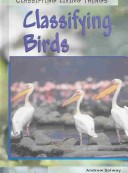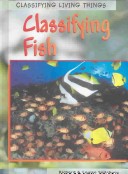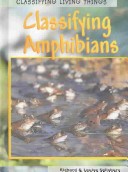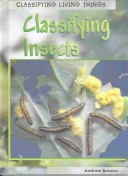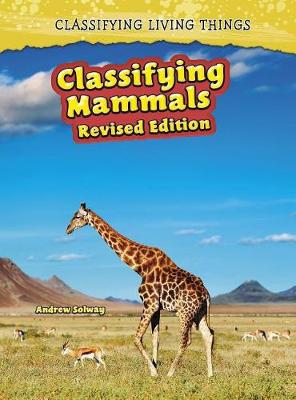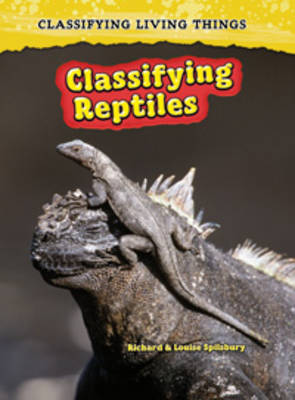Classifying Living Things
6 total works
This text addresses the classification of birds in nature. It is part of a series explaining the concept and need for classification and exploring the key features and characteristics of each classification group. The titles explain how living things within a classification group can be linked by key aspects, such as behaviour, life cycle, appearance and structure. Each volume starts with an introduction to classification -how classification helps us to group animals (and plants), the systems, such as kingdoms, and the use of scientific and common names. The volumes then progress into exploring the specifics of a particular class and provide examples from significant orders. The series will also look at examples which may appear to be, for example birds, but are not really.
This text addresses the classification of fish in nature. It is part of a series explaining the concept and need for classification and exploring the key features and characteristics of each classification group. The titles explain how living things within a classification group can be linked by key aspects, such as behaviour, life cycle, appearance and structure. Each volume starts with an introduction to classification -how classification helps us to group animals (and plants), the systems, such as kingdoms, and the use of scientific and common names. The volumes then progress into exploring the specifics of a particular class and provide examples from significant orders. The series will also look at examples which may appear to be, for example birds, but are not really.
This text addresses the classification of amphibians in nature. It is part of a series explaining the concept and need for classification and exploring the key features and characteristics of each classification group. The titles explain how living things within a classification group can be linked by key aspects, such as behaviour, life cycle, appearance and structure. Each volume starts with an introduction to classification -how classification helps us to group animals (and plants), the systems, such as kingdoms, and the use of scientific and common names. The volumes then progress into exploring the specifics of a particular class and provide examples from significant orders. The series will also look at examples which may appear to be, for example birds, but are not really.
This text addresses the classification of insects in nature. It is part of a series explaining the concept and need for classification and exploring the key features and characteristics of each classification group. The titles explain how living things within a classification group can be linked by key aspects, such as behaviour, life cycle, appearance and structure. Each volume starts with an introduction to classification -how classification helps us to group animals (and plants), the systems, such as kingdoms, and the use of scientific and common names. The volumes then progress into exploring the specifics of a particular class and provide examples from significant orders. The series will also look at examples which may appear to be, for example birds, but are not really.
This text addresses the classification of mammals in nature. It is part of a series explaining the concept and need for classification and exploring the key features and characteristics of each classification group. The titles explain how living things within a classification group can be linked by key aspects, such as behaviour, life cycle, appearance and structure. Each volume starts with an introduction to classification -how classification helps us to group animals (and plants), the systems, such as kingdoms, and the use of scientific and common names. The volumes then progress into exploring the specifics of a particular class and provide examples from significant orders. The series will also look at examples which may appear to be, for example birds, but are not really.
Classifying Reptiles
by Richard Spilsbury, Louise Spilsbury, and Andrew Solway
Published 17 March 2003
This series investigates how and why we group animals. Each book focuses on a particular class, looking at the key characteristics that set its members apart from those of other classes. Readers will discover how classes of living things have evolved, and how species have adapted to suit their environments.
